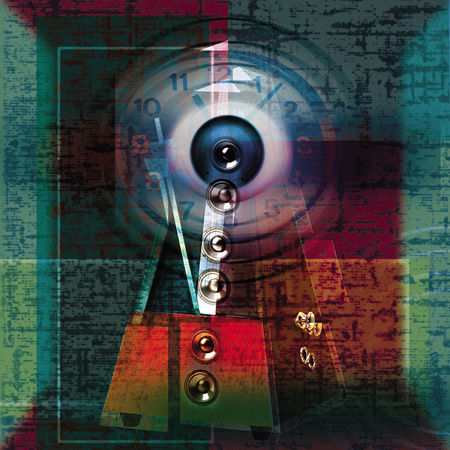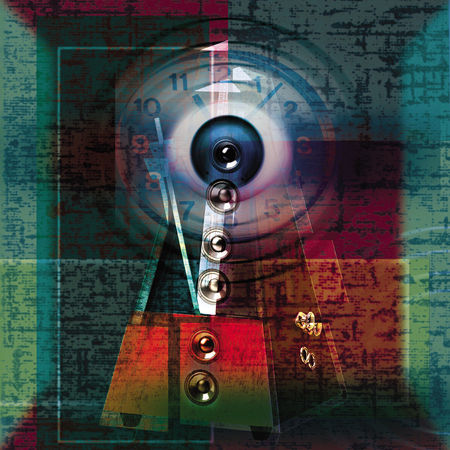The Great Debate...and Then Some
The Great Debate...and Then Some
- Read more about The Great Debate...and Then Some
- Log in or register to post comments
This year's Home Entertainment Show in New York has just ended. If you had the chance to attend, what caught your ear?




